Oct 13, 2021
Neetish Sarda on the Hybrid Future of Work and Offices
As we step into 2021, the uncertainties of last year have not left us entirely. With the world slowly opening up, businesses are coming to terms with managing a workforce that has worked from home for most of last year. The COVID-19 vaccination has been a good news and confidence booster. Even as offices limp back to normalcy what is mostly to be seen is how the workplace will adapt to the changes brought forward by a pandemic that continues to stay in the news.
Many surveys point towards the popularity of work from home culture. Employees are happy that they can now save on commute time. They also feel safe at the prospect of not having to take public transport. Workplaces, on their part, may have saved on rental costs. Organizations would also have curtailed overhead expenses, and the infrastructure costs of running a workspace would have been significantly less.
However, several months into work from home and the fatigue has set in – for both employees and the employer. Employees complain of blurring work-life boundaries, endless household distractions and the growing feeling of isolation. Many in the workforce will vouch for the need to get out of homes, meet people in a traditional office space and interact beyond video-conferencing. While there is an ongoing debate around work from home (WFH) vs work from the office, the answer isn’t straight. While WFH has worked for some, it failed for the others. The success of a job role primarily depends upon the nature of work. However, what is undebatable is that innovation occurs when colleagues get together face-to-face, collaborate, and pave the way for newer products and services.
As companies start to divest their real estate portfolios, one can clearly notice that the future will be about a distributed workforce and flexible office spaces. Flexible offices provide the agility companies are looking for in these uncertain times with options to scale up and down per requirements. Organizations can right size to a footprint and location that better suits their goals and vision. At the moment, companies are experimenting with various work models. While some plan to continue remote work till mid-2021, others have started recalling employees to offices in staggered groups. Meanwhile, some are looking for flex-offices to provide a ‘third’ workspace to employees.
The pandemic has accelerated the need for flexible, managed office spaces. Having lost too precious time, companies now only want to concentrate on their core competency and outsource non-core activities such as end-to-end management of workspaces to a fully serviced office space operator.
Managed office space providers allow maximum agility and the additional benefits of value-added services to clients. Large monolithic buildings will become a thing of the past as employees will congregate in open spaces. Key magnet locations, such as the headquarters and regional offices, will become smaller in size but will remain highly amenitized, keeping in mind the pre and post-COVID scenarios.
The shift to a hybrid model is inevitable, but will no longer be limited to providing laptops, comfortable workstations, vibrant offices to the workforce. Instead, it will be aligned with elevated needs and behaviours of the workforce. Office space providers have to change the way they have been managing the offices. By providing latest touchless tech upgrades in addition to configured spaces, sitting arrangements, reframing employee touchpoints, offering a vast array of amenities, such as coffee and snack bars, grocery shops, concierge services and commute facilities to the connecting points- will lead to creating a new office experience.
Hybrid work models truly come across as the hour’s need in the clamour of noise arising from choosing the best option. One where both work from home or instead work from anywhere is juxtaposed with the workplace atmosphere. Companies will have to rise to the occasion and provide employees with a safe workplace, one where seamless integration of human interaction and technology occurs, without any hindrances.
It’s a win-win situation for several reasons.
Head hunters can gain significantly from new and cost-effective talent acquisition opportunities that arise with opening up geographically distributed workplaces. Organizations with foresight can flush back those real estate costs into people programmes, engagement, and experiences, thereby directly reducing attrition rates.
As employers plan to bring back employees to offices, the focus will be upon safe and tech-enabled workspaces that provide a holistic experience. It is crucial to allow technology to be the backbone as the collaboration of tools is imperative to make remote working a hassle-free experience. One must not forget that a hybrid model can be successful only when backed by robust technology, seamless interface and security for team collaborations.


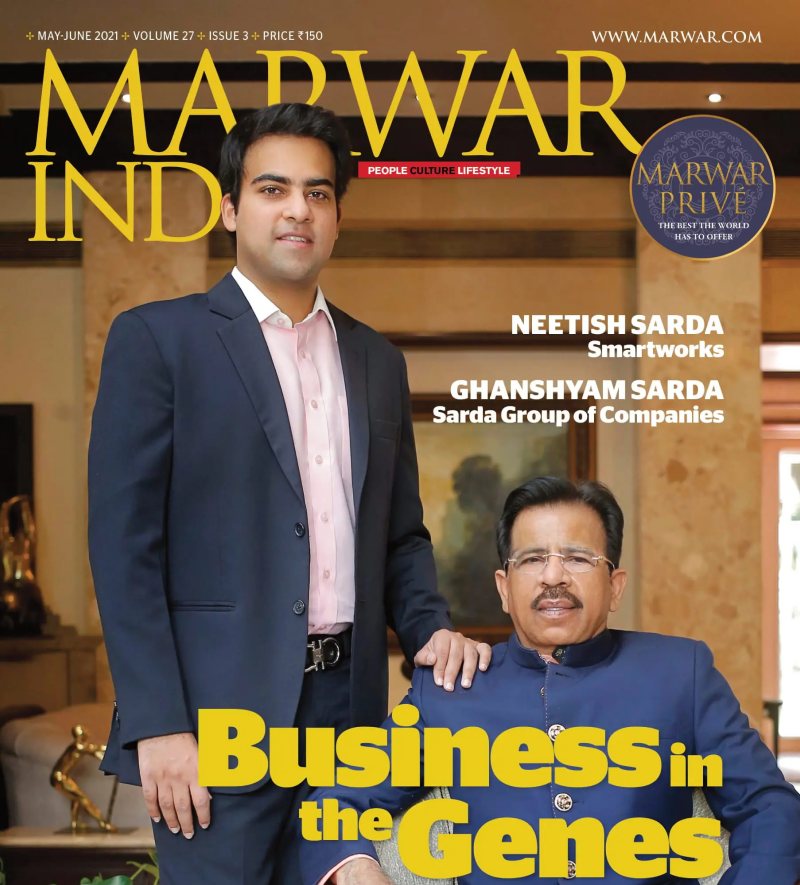
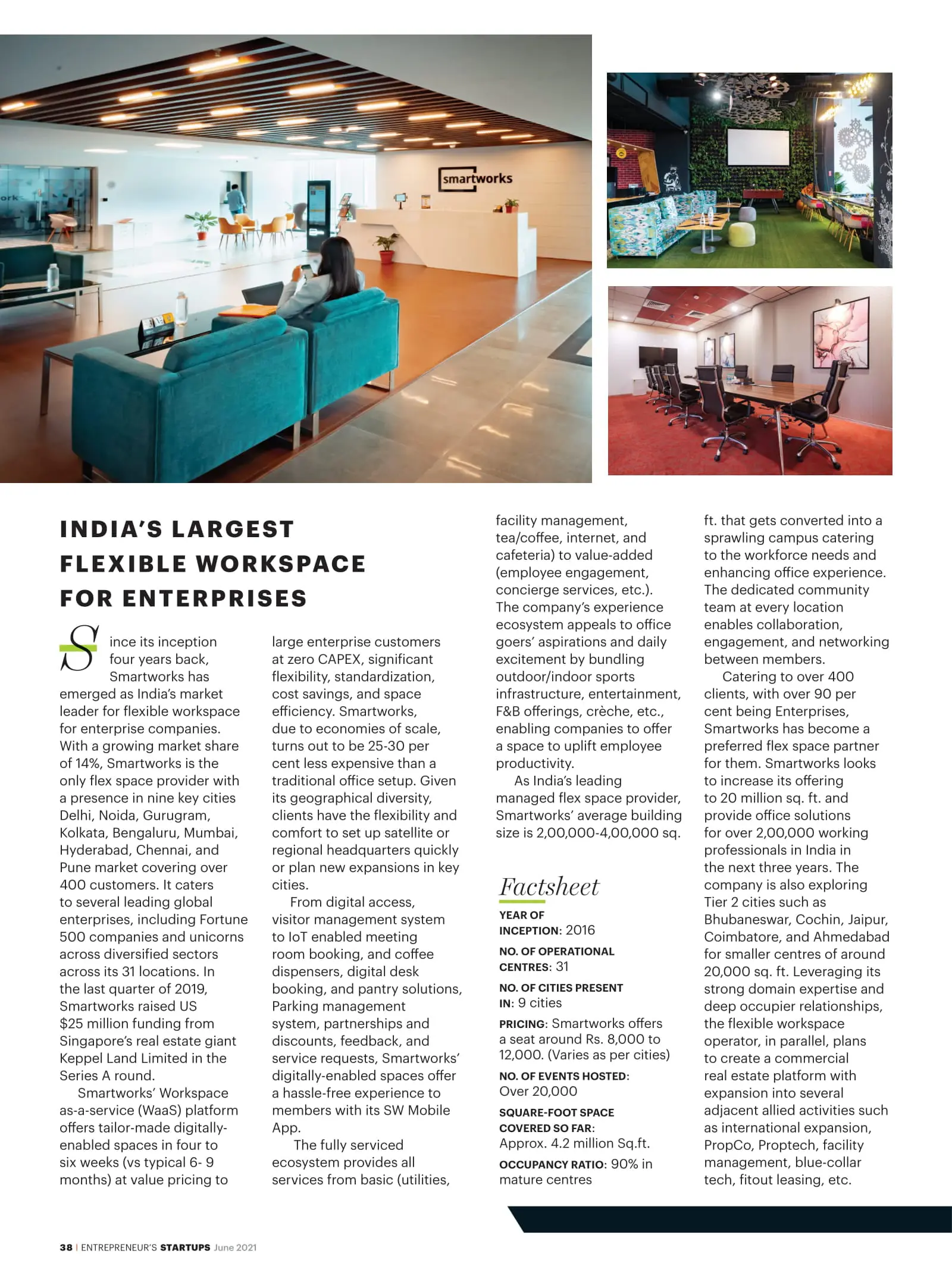
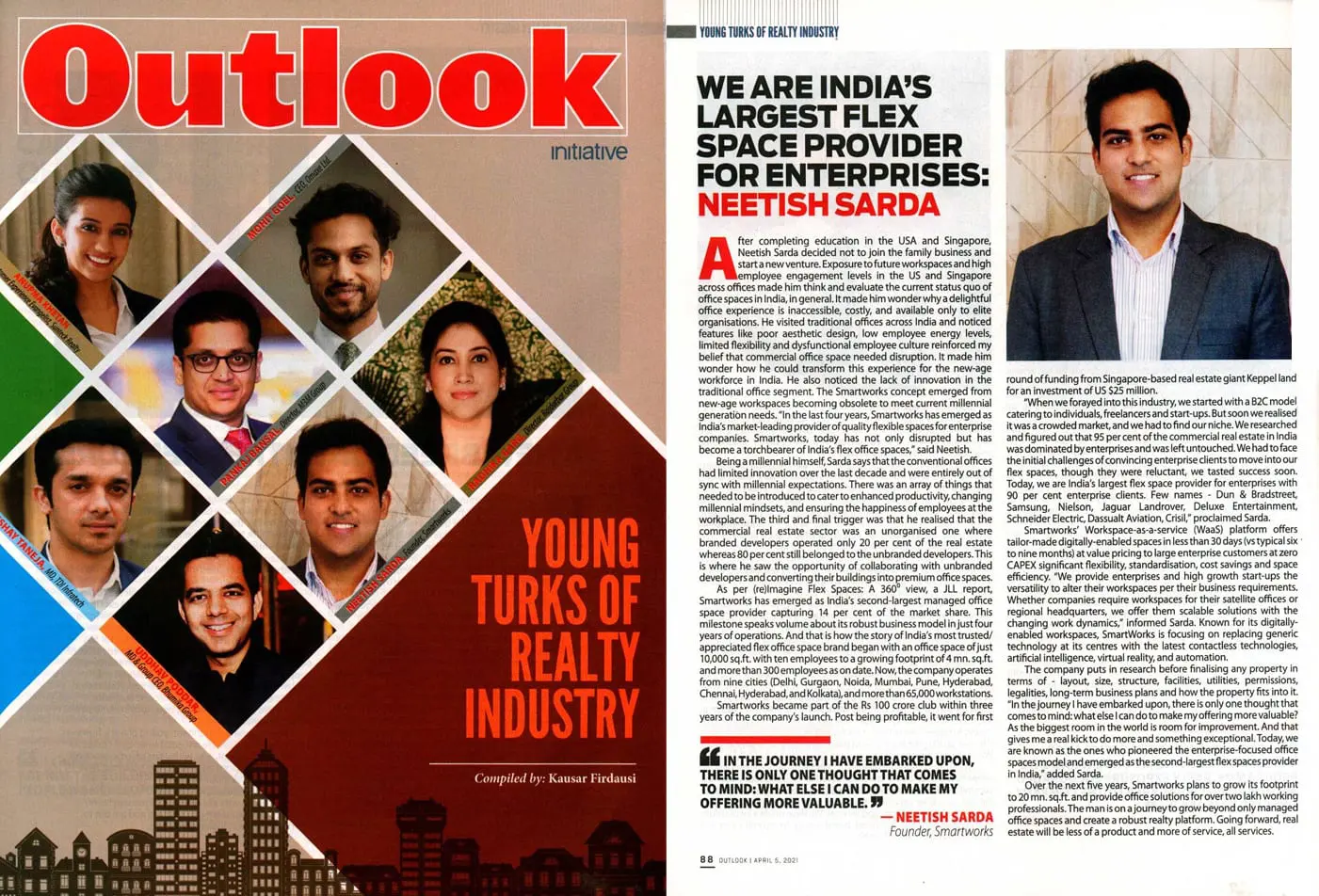

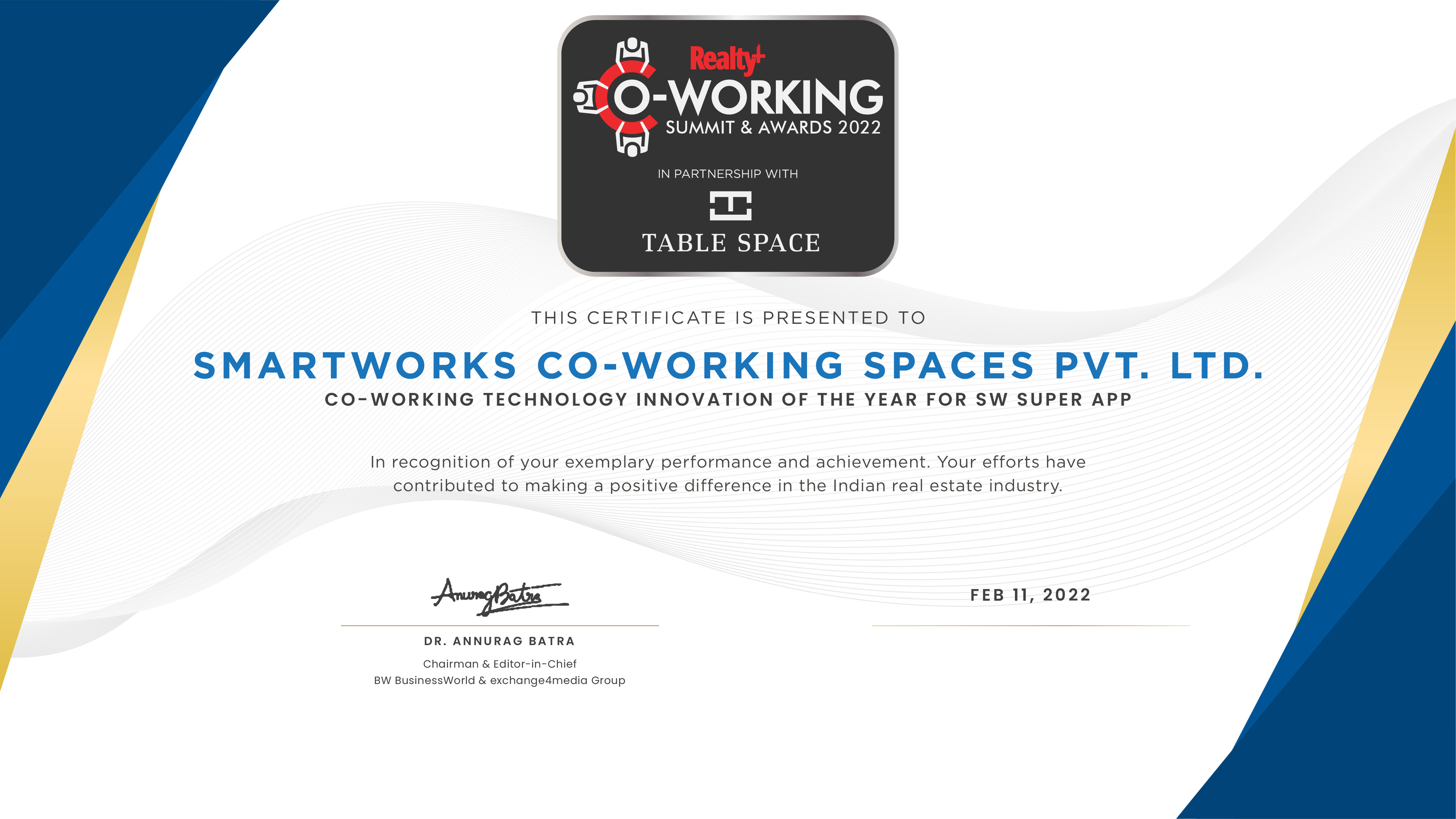
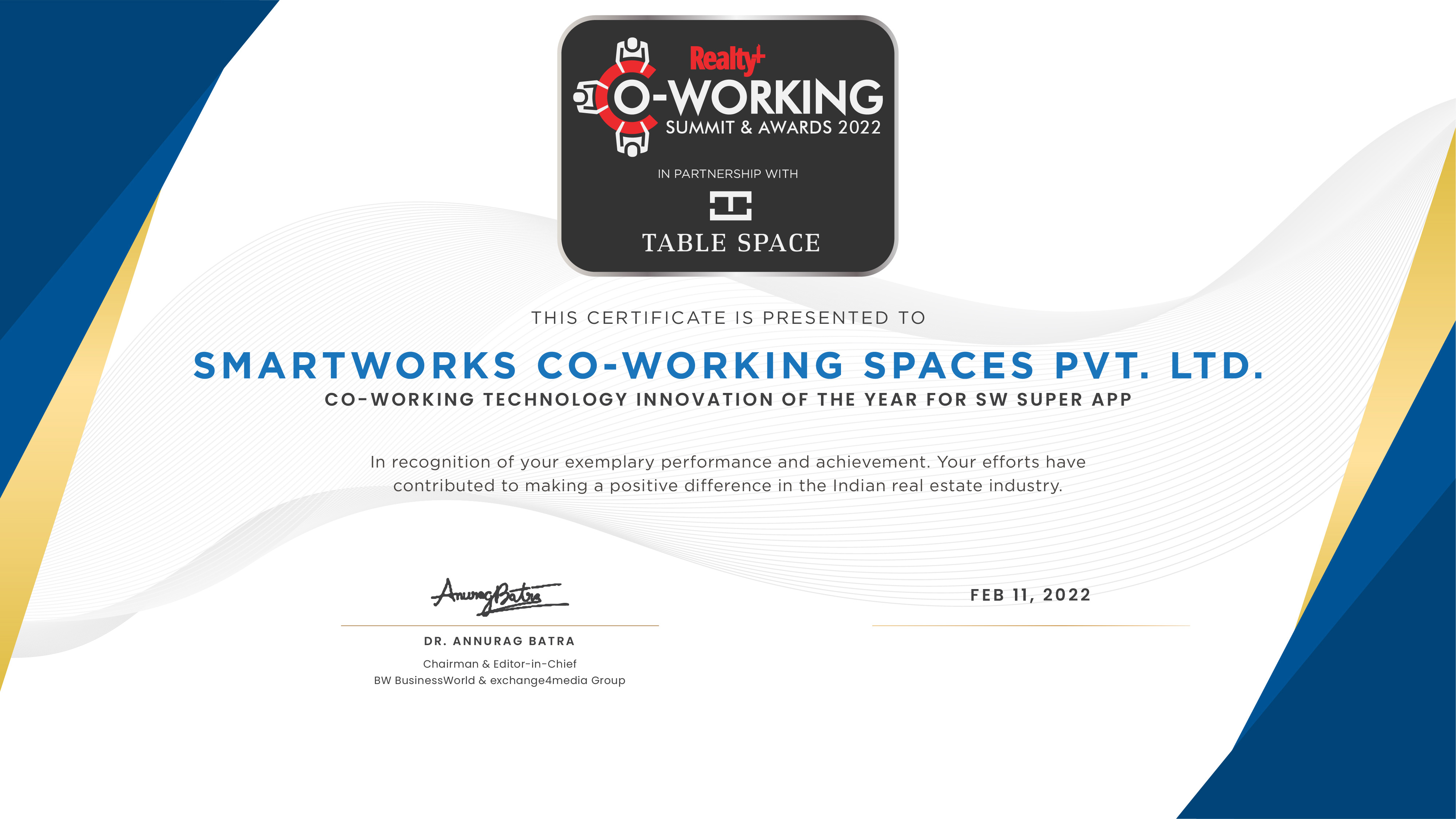
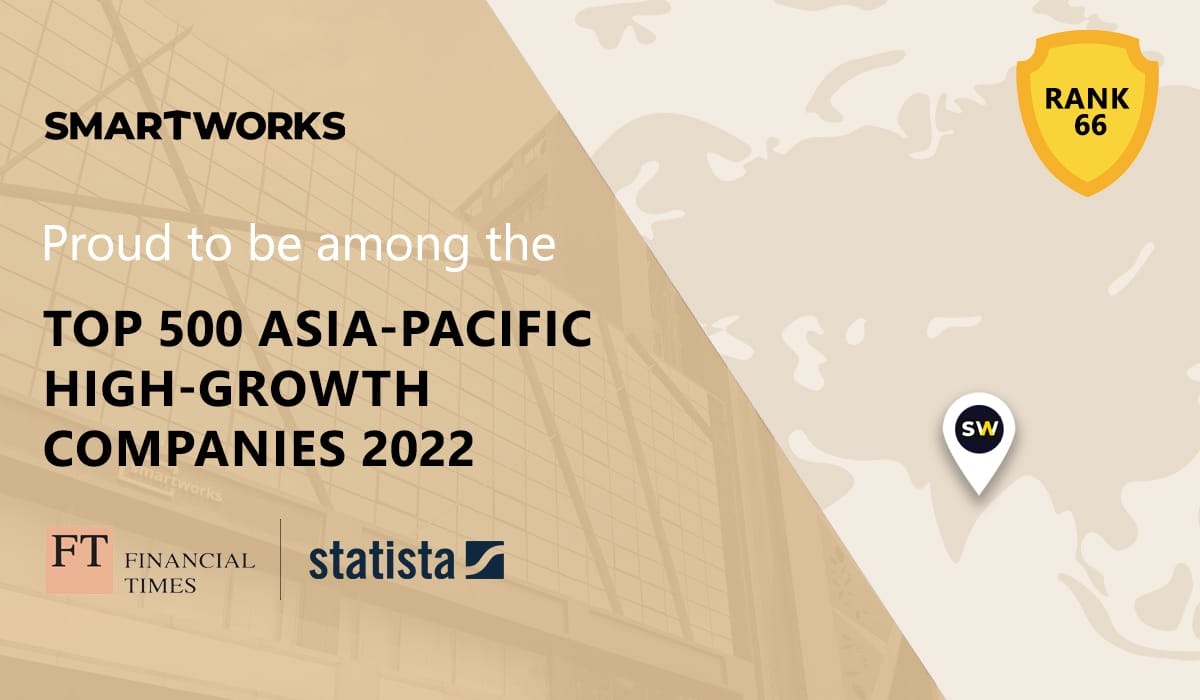



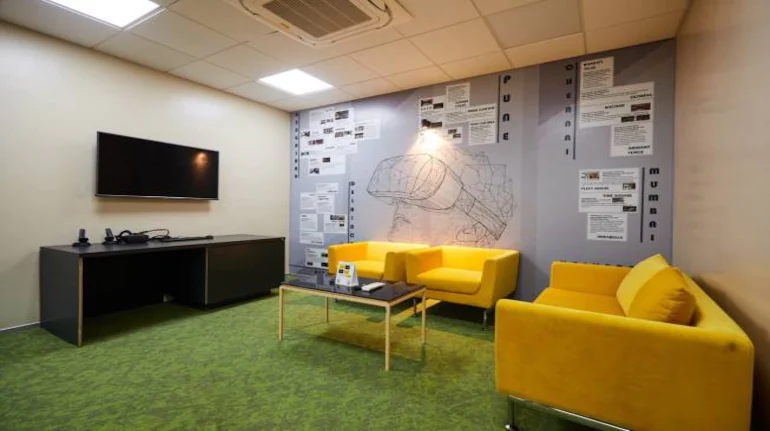




.jpg)


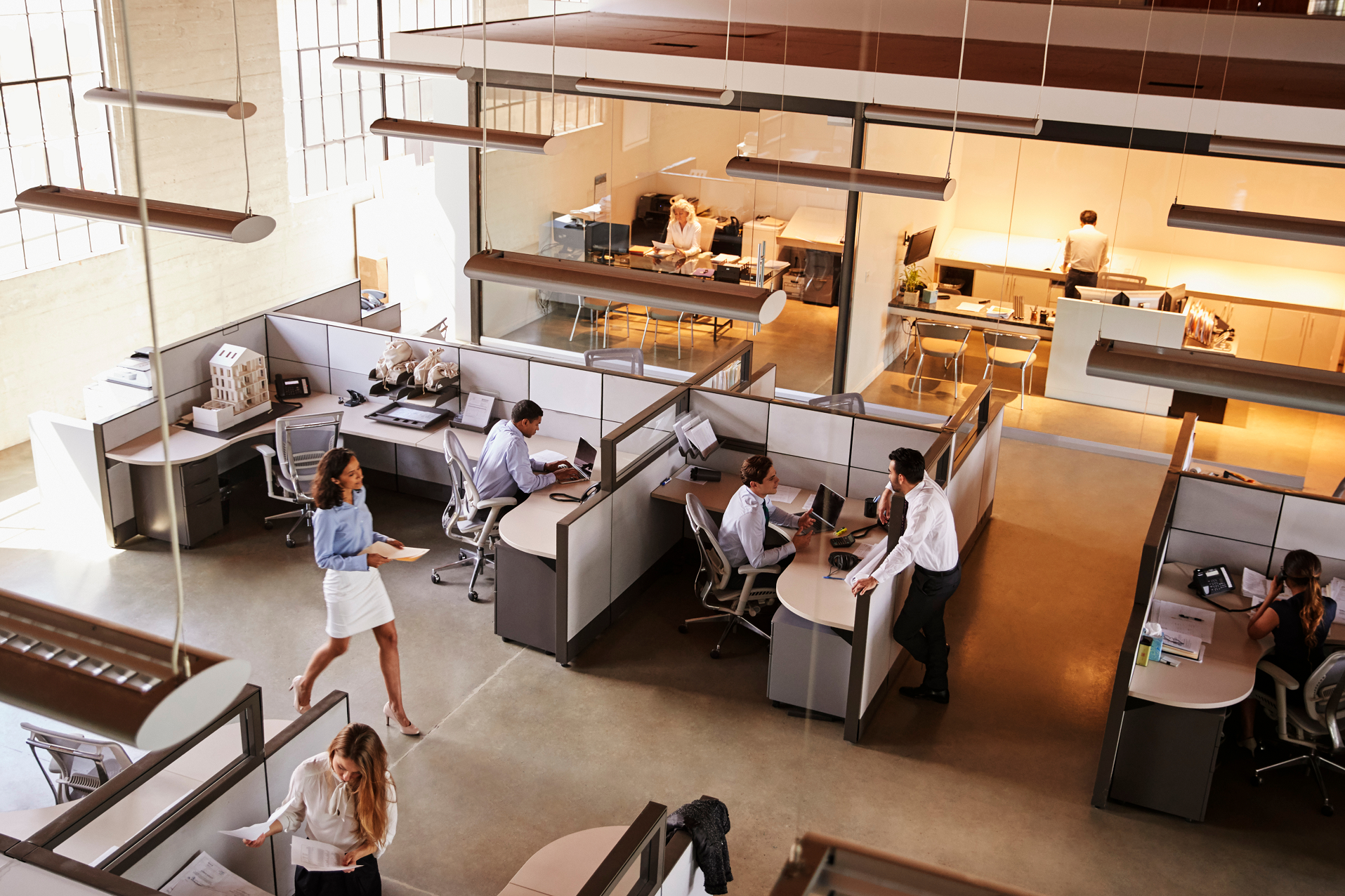
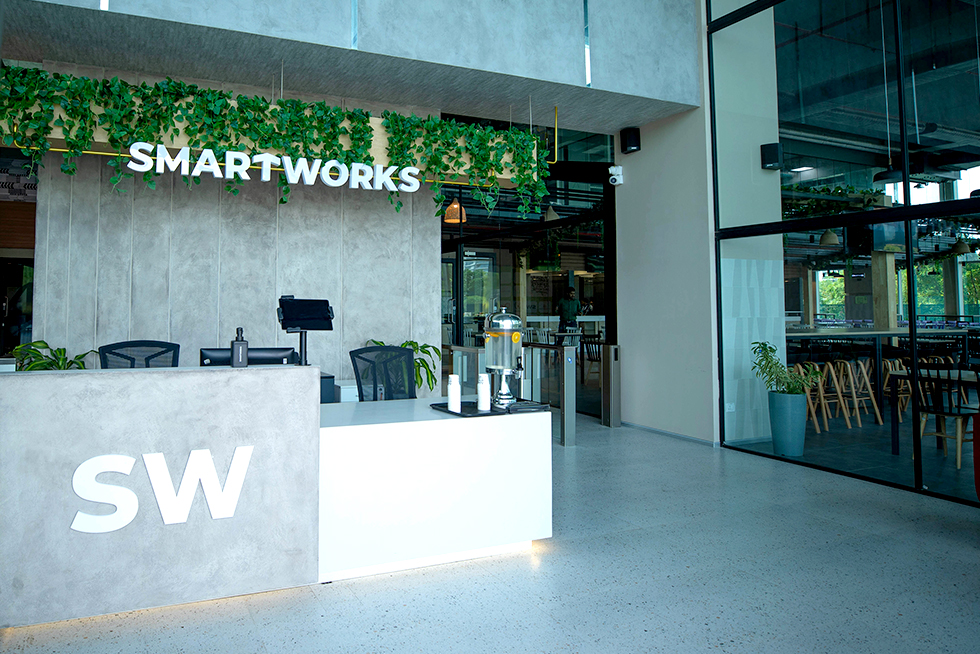
.webp)
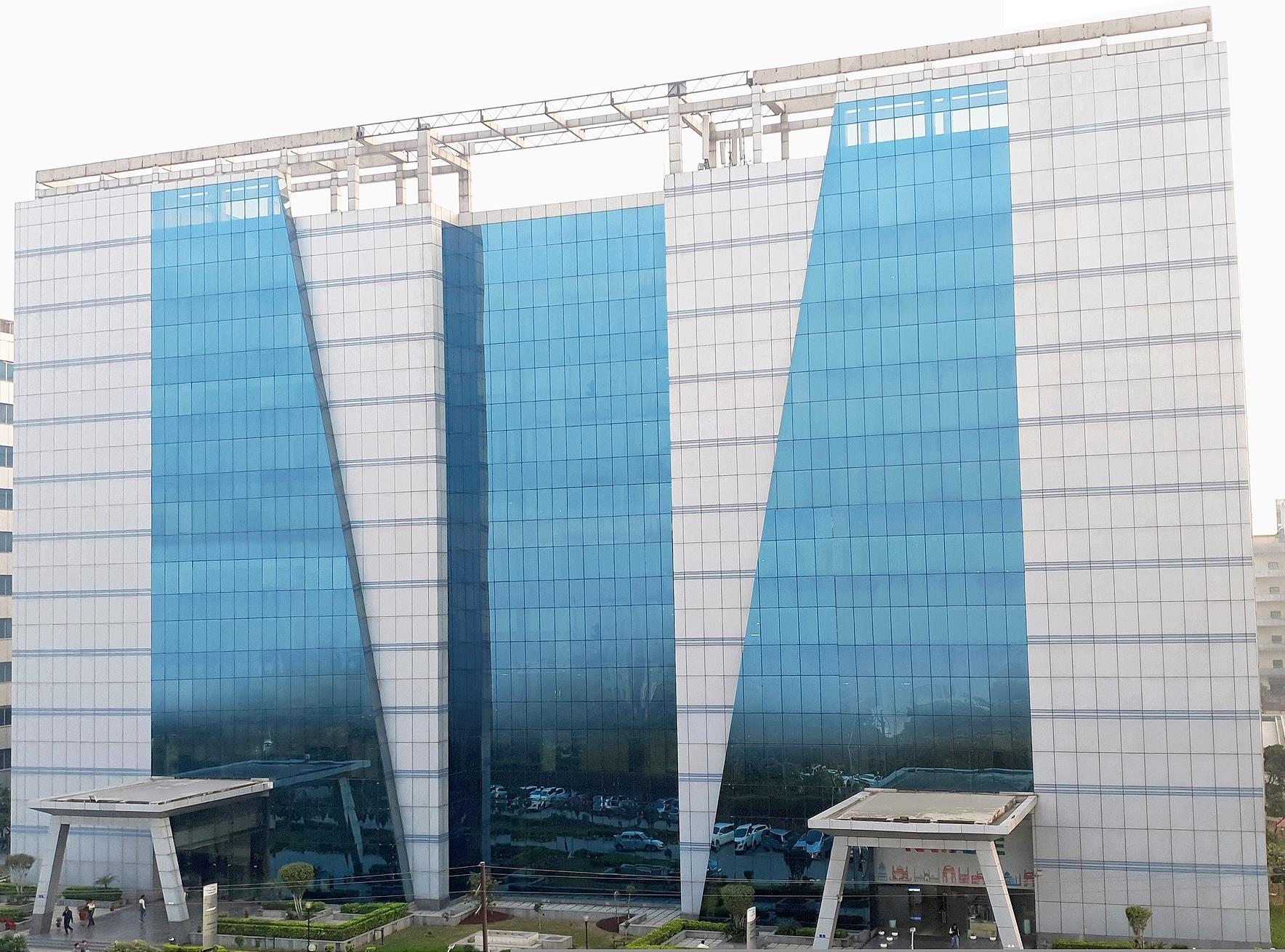
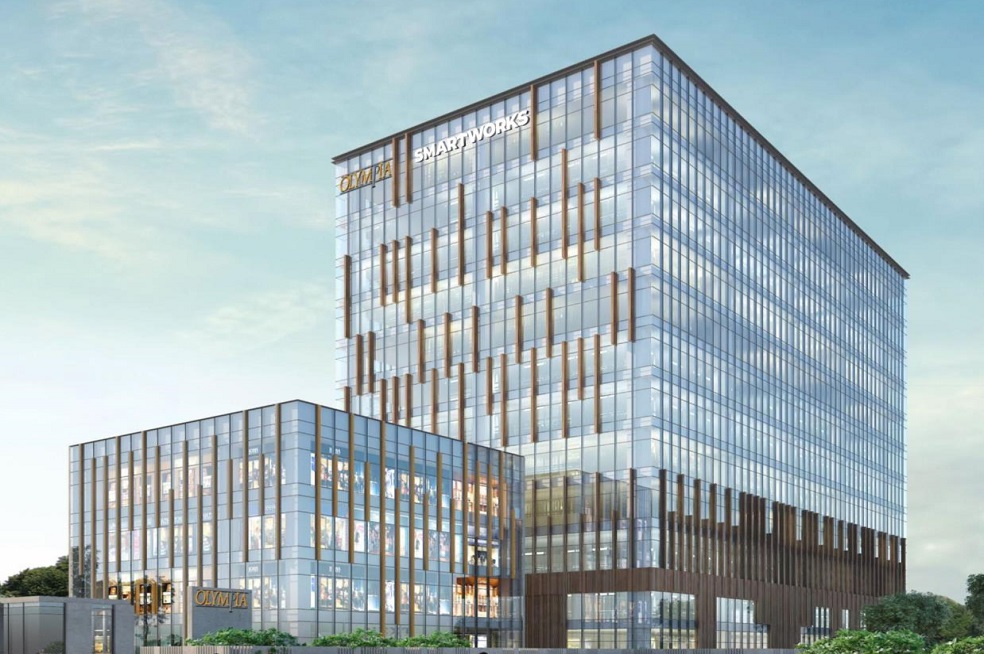


(1).jpg)
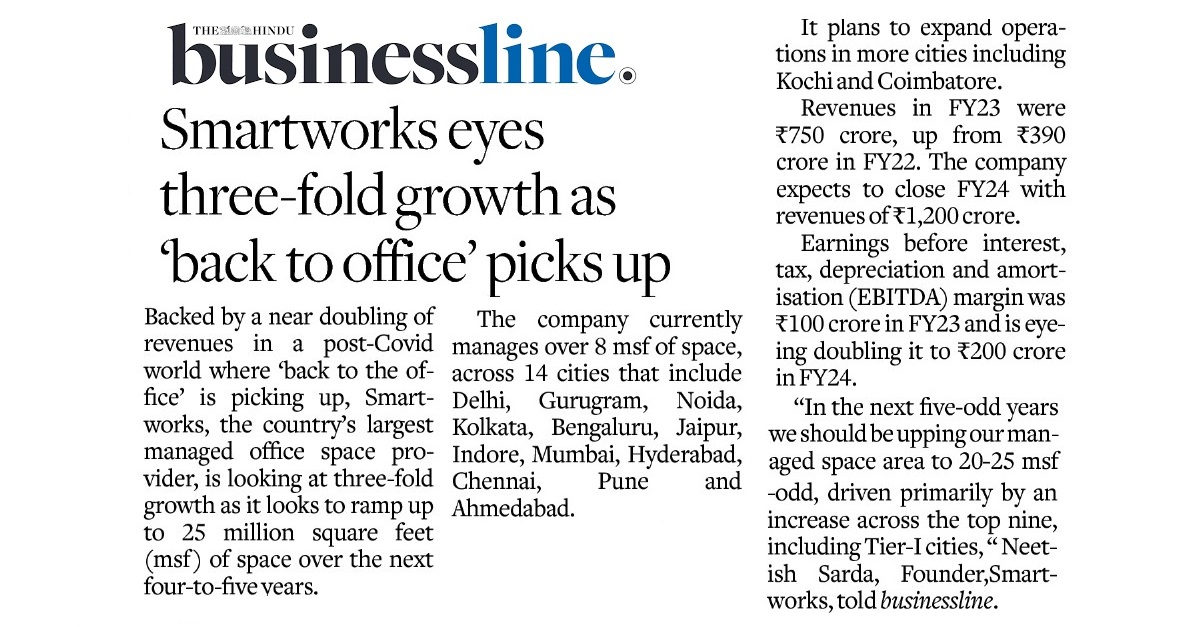
.png)
